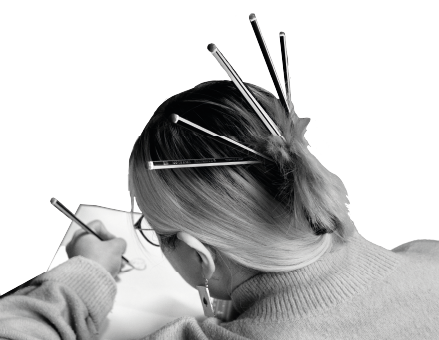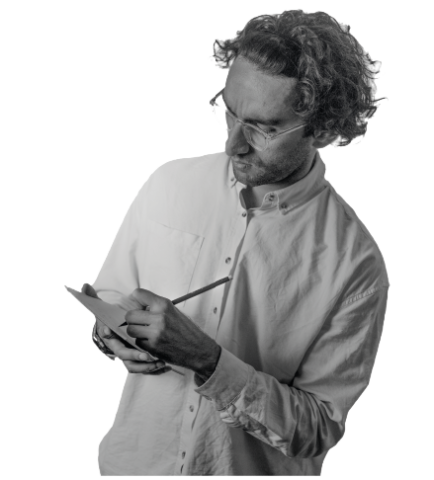Found your dream job or traineeship? Here's how to make the best first impression.
The Creative Access team has read thousands of cover letters and CVs, so we know what makes a successful application click with employers. We’ve distilled our experience into some top tips to help you when applying for your dream role.

Become a pro at writing cover letters
Always tailor your cover letter. Any experienced hiring manager will know that you have put together a bespoke application, personalised to the role.
Sometimes less is more. Your letter doesn’t need to exceed one page. Keep it succinct & prioritise the most relevant points.
Be specific to your audience. Your application will stand out from the crowd if you can show genuine interest in the company and its work. What is their recent output & why does it make you excited to work there?
The advert for the opportunity is your new best friend. Use the description as a checklist. Have you demonstrated why you have the required skills and knowledge? What tasks have you carried out in the past that are most relevant for this new role? Don’t just say you can do the job – show them why.

Ace the interview
Make sure you do your research. The key to preparation is knowledge and you can only get that knowledge through research. Homework about your target industry or organisation is never wasted time!
The ‘STARR’ method is a great way to showcase your past success. STARR stands for situation, task, action, result & reflection. In simple terms, describe a particular challenge, your responsibilities in relation to it, the steps you took to address the challenge – and finally the positive outcome and what it taught you.
Visualise yourself in the role. Building on your cover letter, think about how you will be a good fit for the specific tasks outlined on the original advert.
Talk about what you’d love to learn from the role. As well as demonstrating what you can already do, your potential employer will know that you are invested if you're asking about what opportunities there will be to gain new skills and experiences.
Flag any reasonable adjustments that are needed. Get in touch with the employer if you require adjustments to make your interview more accessible. Examples include wheelchair access, a different format for documents, or more time on an interview test. Read more about reasonable adjustments here.
Plan ahead so there’s no need to worry about logistics on the day. With an in-person interview, leave plenty of time to arrive at the destination and make sure you have any details about where to go. If the interview is online, test out your video call software with a friend if you haven’t used it before.
Remember to breathe. A lot of people find interviews stressful or anxiety-inducing to some degree. If this is something you're struggling with, this might be a helpful time to learn more about mindfulness, breathing exercises, meditation, self-compassionate & other techniques to ground yourself. And don't forget that an interview is ultimately a conversation where all sides are looking for a positive outcome.
Reflect. An interview is an exciting opportunity but as with anything, practice makes perfect. Even if the outcome isn’t what you wanted, it's a fantastic chance to learn something new and build towards your goals.

Find out more.
If you'd like further guidance on applications, we frequently run virtual group consultations. You can click the button below to read more about this and sign up for any upcoming sessions.